RM7800E1010 Honeywell Burner Control Module
$4,060.00
The Honeywell RM7800E1010 Burner Control W/ENERGY SAVING PREPURGE; MODULATION, PRE- Ignition, LOCKOUT, LOW & HIGH FIRE INTERLOCKS, FM SAFETY SEQUENCE, 60HZ.
1 in stock
The Honeywell RM7800E1010 Burner Control W/ENERGY SAVING PREPURGE; MODULATION, PRE- Ignition, LOCKOUT, LOW & HIGH FIRE INTERLOCKS, FM SAFETY SEQUENCE, 60HZ.
Overview
The Honeywell RM7800E1010 is part of the 7800 series of microprocessor-based burner controls. It combines safety, diagnostics, and flexibility in a modular control system designed for automatic burner applications using gas, oil, or combination fuels. The RM7800E1010 supports modular components like amplifiers, displays, sensors, and remote interface modules, offering a complete burner control solution.
Specifications
| Specification | Detail |
|---|---|
| Model | RM7800E1010 |
| Control Series | 7800 Series Burner Control |
| Power Supply | 120 VAC (typical in 7800 line modules) |
| Fuel Types Supported | Gas, Oil, or Combination Fuel Burners |
| Safety Features | Lockout interlocks, flame proving, fault diagnostics |
| Modularity | Accepts plug-in modules (amplifiers, displays, reset modules) |
| Ambient Range | –40 °C to +60 °C typical for 7800 series modules |
| Certifications / Standards | U.S. UL / CSA, and European (CE) depending on module variant |
| Diagnostics | Fault history, flame signal display, last lockout codes |
| Integration | Works with 7800 Series peripheral modules (KDM, reset modules, sensors) |
Features & Benefits
Microprocessor-based safety control system with modular expansion
Built for modern burner systems across multiple fuel types
Provides fault diagnostics, display of flame signal, and lockout history
Compatible with the full 7800 Series modular ecosystem
Enables remote interface, reset, and diagnostic modules to be added
Designed with robust safety features for burner management
Applications
Commercial and industrial boiler burner systems
Furnaces and heating equipment using gas, oil, or mixed fuels
Retrofitting older burner controllers to modern modular control platforms
Systems requiring diagnostic awareness and modular expansion
Installation & Maintenance Notes
Install module in proper relay chassis slot aligned with module keying
Connect matching plug-in amplifiers, displays, reset modules as needed
Power and input wiring should follow manufacturer diagram and wiring standards
Use display or remote modules to review fault codes during commissioning
Periodically test module self-diagnostics and verify flame signal integrity
| Weight | 4 lbs |
|---|---|
| Dimensions | 9 × 9 × 9 in |
Be the first to review “RM7800E1010 Honeywell Burner Control Module” Cancel reply
You must be logged in to post a review.
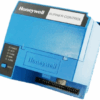
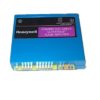


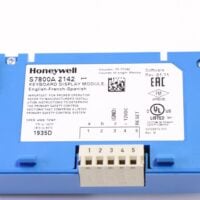
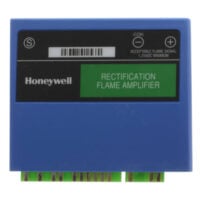
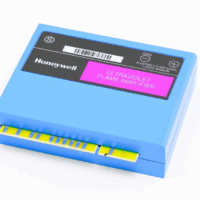
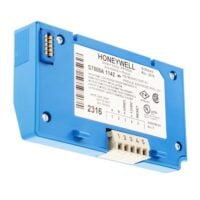

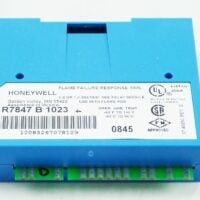

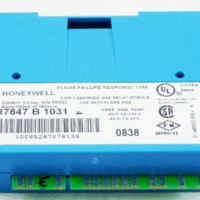
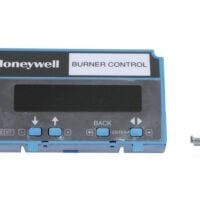

Reviews
There are no reviews yet.